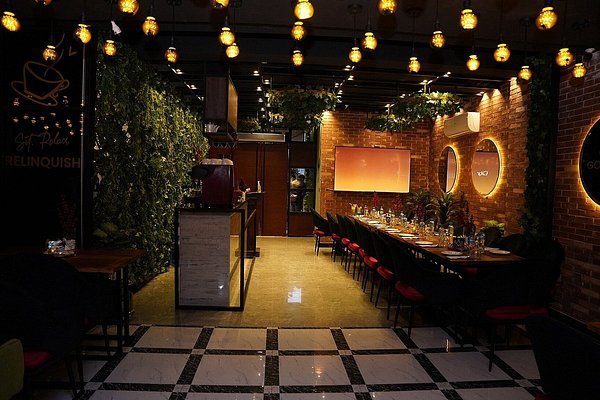Running a restaurant is no small feat, and energy consumption plays a major role in the costs of operations. On average, a restaurant uses between 300,000 to 500,000 kilowatt-hours (kWh) of energy annually. For larger establishments or those with extensive equipment, this number can go even higher. But where does all this energy go, and how can businesses manage it better?
Understanding Restaurant Energy Usage
Restaurants are among the most energy-intensive businesses. Here’s a breakdown of where energy is typically used:
- Cooking Equipment (35-40%)
Grills, ovens, fryers, and stoves consume a significant portion of energy, especially during peak hours. - Refrigeration (20-25%)
Walk-in coolers, freezers, and refrigeration units run 24/7, making them one of the largest contributors to energy use. - Heating, Ventilation, and Air Conditioning (HVAC) (15-20%)
Maintaining a comfortable dining environment is essential but can add a hefty cost to energy bills. - Lighting (10-15%)
From ambient lighting in the dining area to task lighting in the kitchen, proper illumination is another contributor. - Water Heating (10%)
Hot water is essential for cooking, cleaning, and sanitization, consuming a considerable amount of energy.
The Cost of Energy for Restaurants
With the average energy cost for restaurants ranging between $2.50 and $3.00 per square foot, an energy-efficient strategy is crucial to save money and reduce environmental impact.
How Wattsaver Can Help Restaurants Save Energy
At Wattsaver, we specialize in energy-efficient solutions tailored to meet the needs of businesses like restaurants. Here’s how we can help:
- Energy-Efficient Equipment: Upgrade to high-efficiency cooking and refrigeration appliances that use less energy without compromising performance.
- LED Lighting Solutions: Replace traditional bulbs with LED lighting, which uses up to 75% less energy.
- Smart Energy Monitoring Systems: Track energy usage in real-time to identify areas for improvement.
- HVAC Optimization: Improve heating and cooling efficiency with advanced systems and maintenance.
Why Invest in Energy Efficiency?
- Lower Operating Costs: Save thousands annually on energy bills.
- Sustainability Goals: Reduce your carbon footprint and align with green business practices.
- Improved Equipment Lifespan: Energy-efficient systems experience less wear and tear, lasting longer.
Take Control of Your Restaurant’s Energy Usage
Understanding your restaurant’s energy consumption is the first step toward reducing costs and running a sustainable operation. At Wattsaver, we are here to help you achieve these goals with cutting-edge solutions designed to make your business more efficient.
Contact us today to learn how Wattsaver can transform your energy management. Together, let’s make your restaurant more efficient and environmentally friendly!
4o

